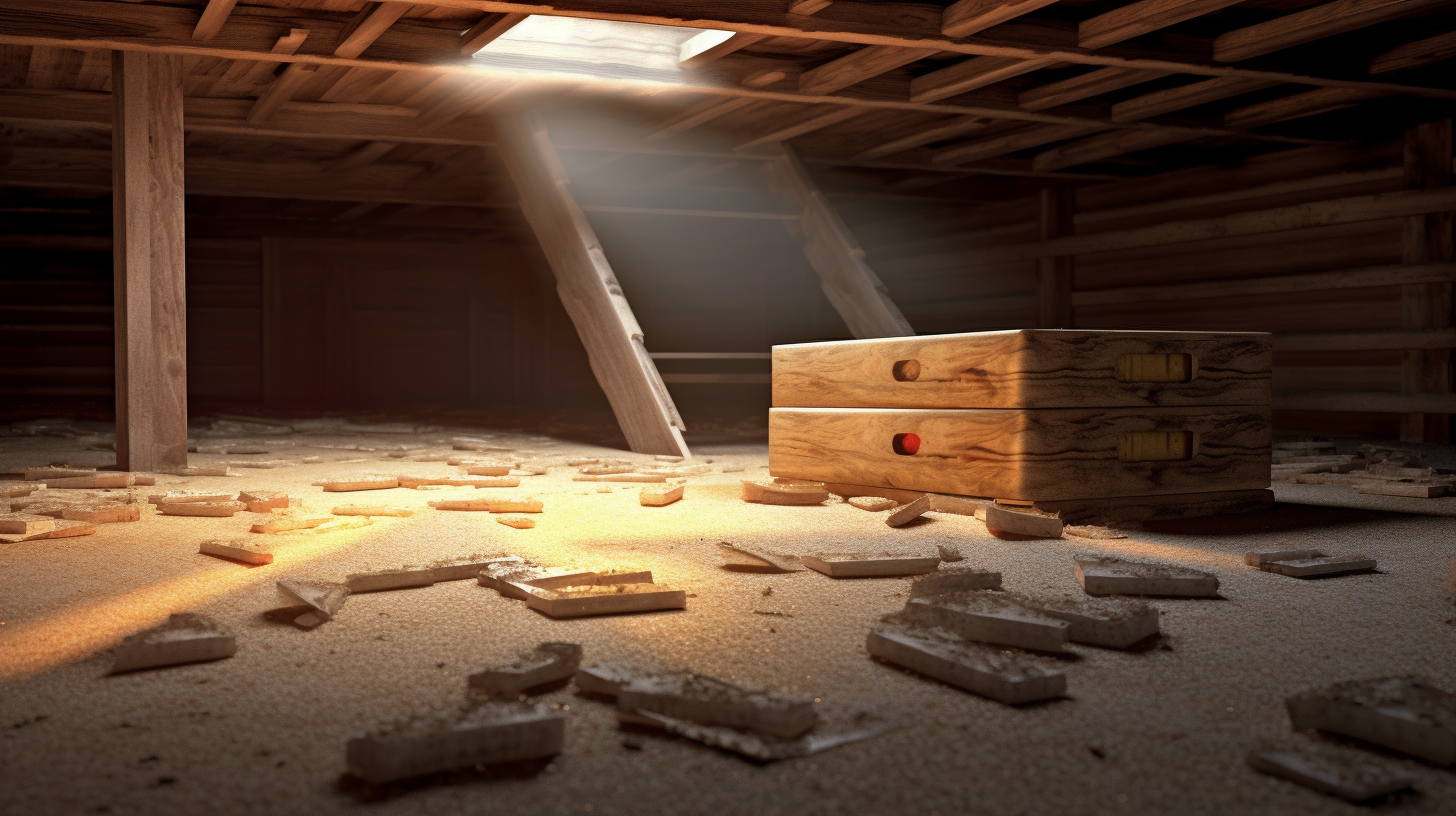Energy efficiency is a cornerstone of maintaining a comfortable, cost-effective, and environmentally friendly home. By reducing energy waste and optimizing the performance of heating, cooling, and insulation systems, homeowners can lower utility bills and reduce their carbon footprint. One often-overlooked area that significantly influences a home's energy efficiency is the crawl space.
Crawl spaces serve as a foundational buffer between the ground and the first floor of a home, housing vital systems like plumbing, electrical wiring, and HVAC components. However, when left unsealed or poorly insulated, they can become a source of energy loss, leading to higher heating and cooling costs. Properly addressing the condition of a crawl space—through moisture control, insulation, and sealing—can dramatically enhance a home's overall efficiency. By understanding the critical role crawl spaces play in energy performance, homeowners can take actionable steps to create a more sustainable and cost-effective living environment.
Understanding the Basics of Crawl Space Insulation
What Is a Crawl Space and Why Does It Matter?
A crawl space is a narrow, unfinished area located beneath a home’s first floor, providing access to essential systems such as plumbing, electrical wiring, and HVAC components. While often out of sight, crawl spaces play a significant role in the overall health and functionality of a home. When left unsealed, these spaces can become a source of problems, including moisture buildup, which can lead to mold growth and structural damage. Drafts from unsealed crawl spaces can make maintaining indoor temperatures more challenging and lead to increased energy costs. Additionally, these areas often attract pests, further compromising the safety and comfort of the home.
Benefits of Sealing and Insulating Crawl Spaces
Sealing and insulating crawl spaces offer numerous advantages for homeowners. One of the most significant benefits is improved energy efficiency, as a well-insulated crawl space helps regulate indoor temperatures, reducing the strain on heating and cooling systems. This efficiency translates to lower utility bills, making it an investment that pays off over time. Proper insulation also enhances indoor air quality by reducing the infiltration of mold spores, allergens, and other pollutants that can affect the health of the occupants. Furthermore, sealing the crawl space protects the structural integrity of the home by preventing moisture-related damage to wooden beams, flooring, and other materials, ensuring the longevity of the property.
Preparing Your Crawl Space for Sealing and Insulation
Inspecting the Crawl Space
The first step in preparing your crawl space is conducting a thorough inspection to identify any existing issues. Look for signs of moisture, such as damp surfaces, standing water, or discoloration, which may indicate water intrusion. Carefully check for gaps, cracks, or areas with damaged or missing insulation, as these can contribute to energy loss and drafts. Additionally, inspect the space for pest infestations, such as droppings or nests, and mold growth, which could pose health risks and compromise the effectiveness of the insulation.
Cleaning and Clearing the Area
Before sealing and insulating, it’s essential to clean and prepare the crawl space. Remove any debris, old insulation, or damaged materials that may hinder the installation process. Pay special attention to clearing out organic material like wood or paper, as these can attract pests or retain moisture. Ensure the area is completely dry before proceeding, as sealing a damp crawl space can trap moisture and lead to long-term issues such as mold or structural decay.
Assessing Ventilation Requirements
Ventilation needs vary based on your home’s structure and local climate. Evaluate whether sealing crawl space vents is appropriate, as unsealed vents in certain environments can lead to unwanted moisture and temperature fluctuations. In colder or more humid climates, sealing vents can help maintain a consistent environment. Be sure to consult local building codes and regulations to ensure compliance with ventilation and insulation standards in your area. This step is crucial to achieving optimal results and avoiding potential issues with improper installation.
Step-by-Step Guide to Sealing Your Crawl Space
Materials Needed
To effectively seal your crawl space, you’ll need the right materials to ensure a durable and moisture-resistant barrier. A heavy-duty plastic vapor barrier, at least 6-mil thick, is essential for covering the floor and walls of the crawl space. Spray foam or caulk is used to seal gaps and cracks around the edges and corners, preventing air and moisture infiltration. Additionally, durable tape and adhesive designed specifically for vapor barriers will secure the material in place and maintain a tight seal.
Steps to Seal the Crawl Space
Step 1: Begin by covering the crawl space floor with the vapor barrier. Spread the plastic sheeting evenly across the ground, ensuring it extends up the walls by several inches. Overlap the seams by at least 12 inches to create a continuous barrier, and secure them with heavy-duty tape. Smooth out any wrinkles or folds to avoid gaps where moisture could seep through.
Step 2: Seal the walls and vents using spray foam or caulk. Apply the sealant along edges, cracks, and any gaps around vents, focusing on corners and hard-to-reach areas where leaks are most likely to occur. This step is crucial for preventing air and water intrusion, which could compromise the effectiveness of your insulation.
Step 3: Don’t forget to insulate access points like crawl space doors and hatches. Apply weather stripping around the edges to create a tight seal that prevents air leakage. This added layer of protection ensures that the crawl space remains a controlled environment, free from external elements.
Insulating Your Crawl Space Effectively
Choosing the Right Insulation Material
Selecting the appropriate insulation material is a key step in ensuring your crawl space is energy-efficient and protected from moisture. Rigid foam boards are an excellent choice for insulating crawl space walls due to their durability and moisture resistance. For sealing small gaps, cracks, or irregular surfaces, spray foam is highly effective, as it expands to fill hard-to-reach areas, providing an airtight seal. Fiberglass batts are ideal for joist spaces, but it’s crucial to choose a mold-resistant variety to prevent moisture-related issues and ensure long-term performance.
Installation Tips
Proper installation techniques are essential to maximize the effectiveness of your insulation. Rigid foam boards should be secured directly to the crawl space walls using adhesive or mechanical fasteners. Take care to avoid leaving any gaps between the boards, and seal all edges with tape or spray foam to create a continuous insulating barrier. For areas where fiberglass batts are used, ensure they are snugly fitted between joists, with no sagging or exposed edges. In compliance with local building codes, cover insulation with a fire-retardant material if required, adding an extra layer of safety to your crawl space insulation project.
Maintaining a Sealed and Insulated Crawl Space
Monitoring for Moisture and Pests
A sealed and insulated crawl space requires ongoing care to maintain its effectiveness and protect your home from damage. Installing a dehumidifier can help regulate humidity levels, preventing excess moisture that could lead to mold growth or structural issues. Make it a habit to inspect the crawl space regularly for signs of leaks, standing water, or pest activity such as droppings or nests. Early detection and intervention can prevent minor issues from developing into costly problems.
Periodic Inspections and Repairs
Regular inspections are essential for ensuring that your crawl space remains in optimal condition. At least once a year, check the insulation and vapor barriers for signs of wear, sagging, or damage. Pay special attention to areas where moisture or pests may have compromised the materials. Reapply sealants to gaps or cracks that may have developed over time, and replace any damaged insulation promptly to maintain energy efficiency and protect your home’s foundation. Proactive maintenance helps extend the life of your sealed and insulated crawl space, keeping it functional and effective for years to come.
FAQs
-
What materials are needed for sealing?
To seal your crawl space, you’ll need a heavy-duty vapor barrier, spray foam or caulk for gaps, and durable tape to secure seams.
-
Which insulation is best for crawl spaces?
Rigid foam boards are ideal for walls, spray foam works well for small gaps, and mold-resistant fiberglass batts are suitable for joist spaces.
-
How do I prevent moisture issues?
Install a vapor barrier on the ground and walls, seal all gaps with foam or caulk, and use a dehumidifier to regulate humidity levels.
-
Should vents in crawl spaces be sealed?
Sealing vents can improve efficiency in humid or cold climates, but consult local building codes to ensure compliance with ventilation requirements.
-
How often should I inspect repairs?
Inspect your crawl space annually for damage to insulation, vapor barriers, or seals, and address any issues promptly to maintain efficiency.
Contact Trench Guys Today!
Trench Guys will do everything we can to ensure your experience with us is excellent.
Request A FREE Estimate
Request a Free Estimate Form
We will get back to you as soon as possible.
Please try again later.
Checkout Recent Post
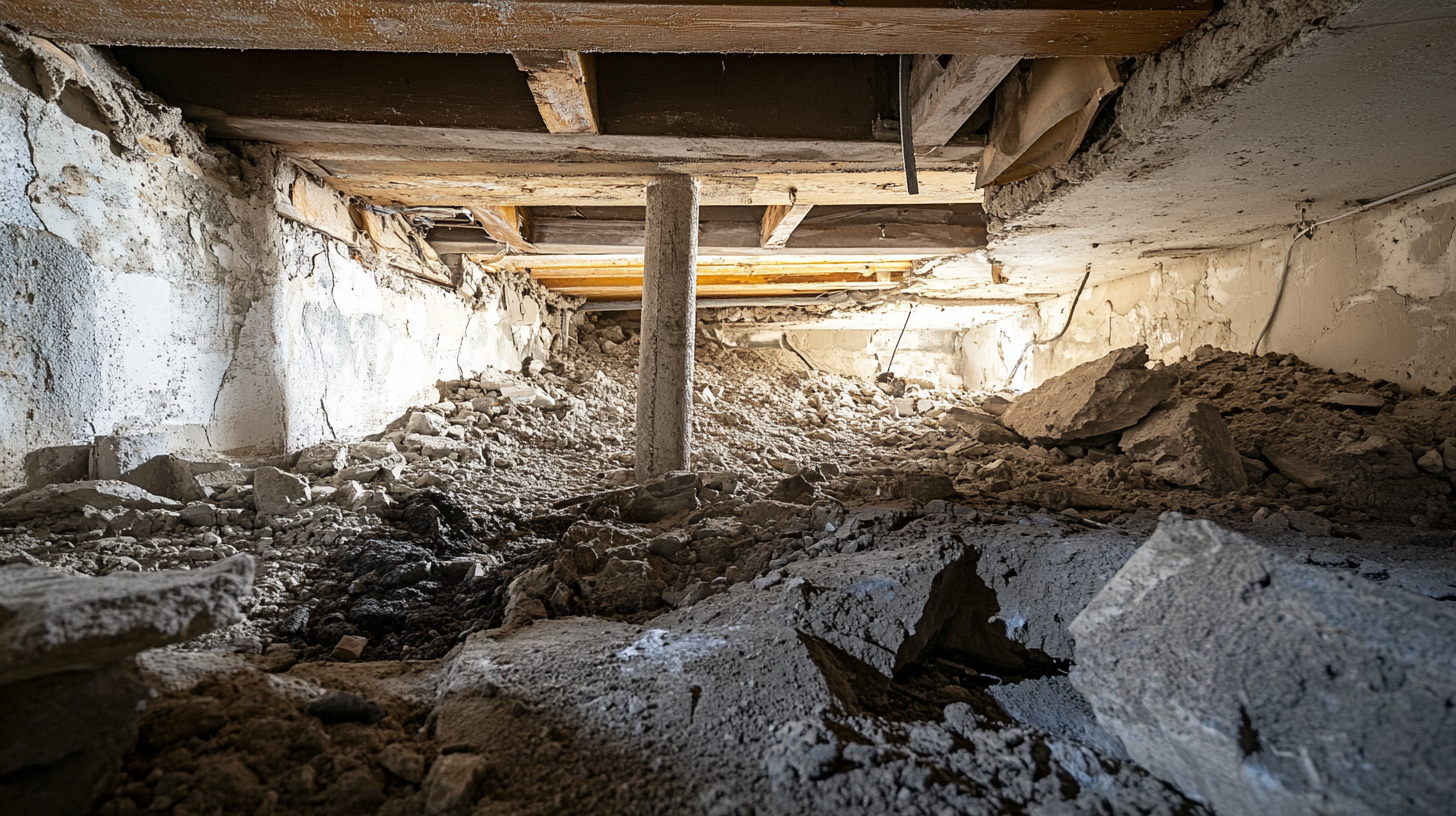
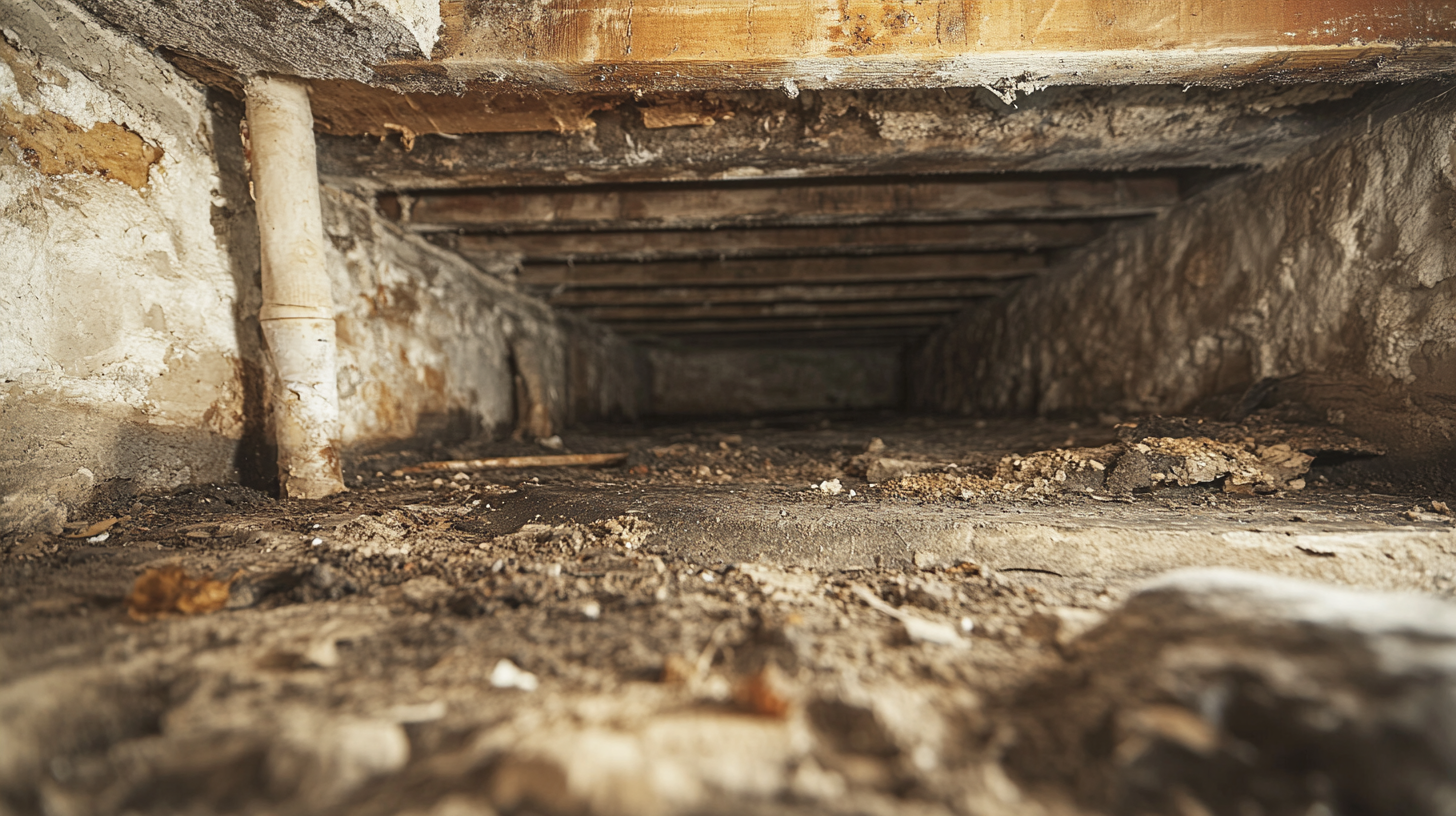
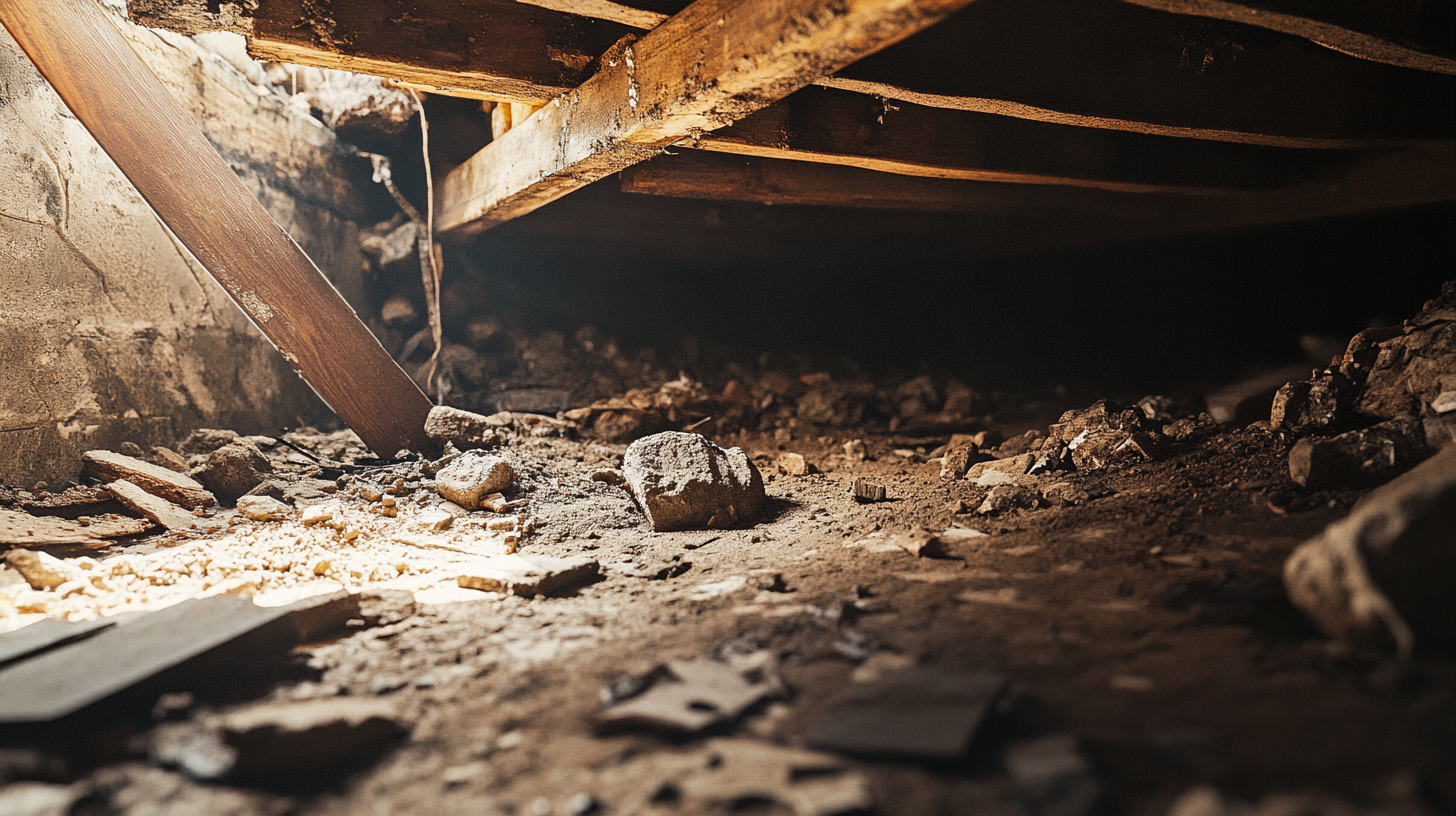
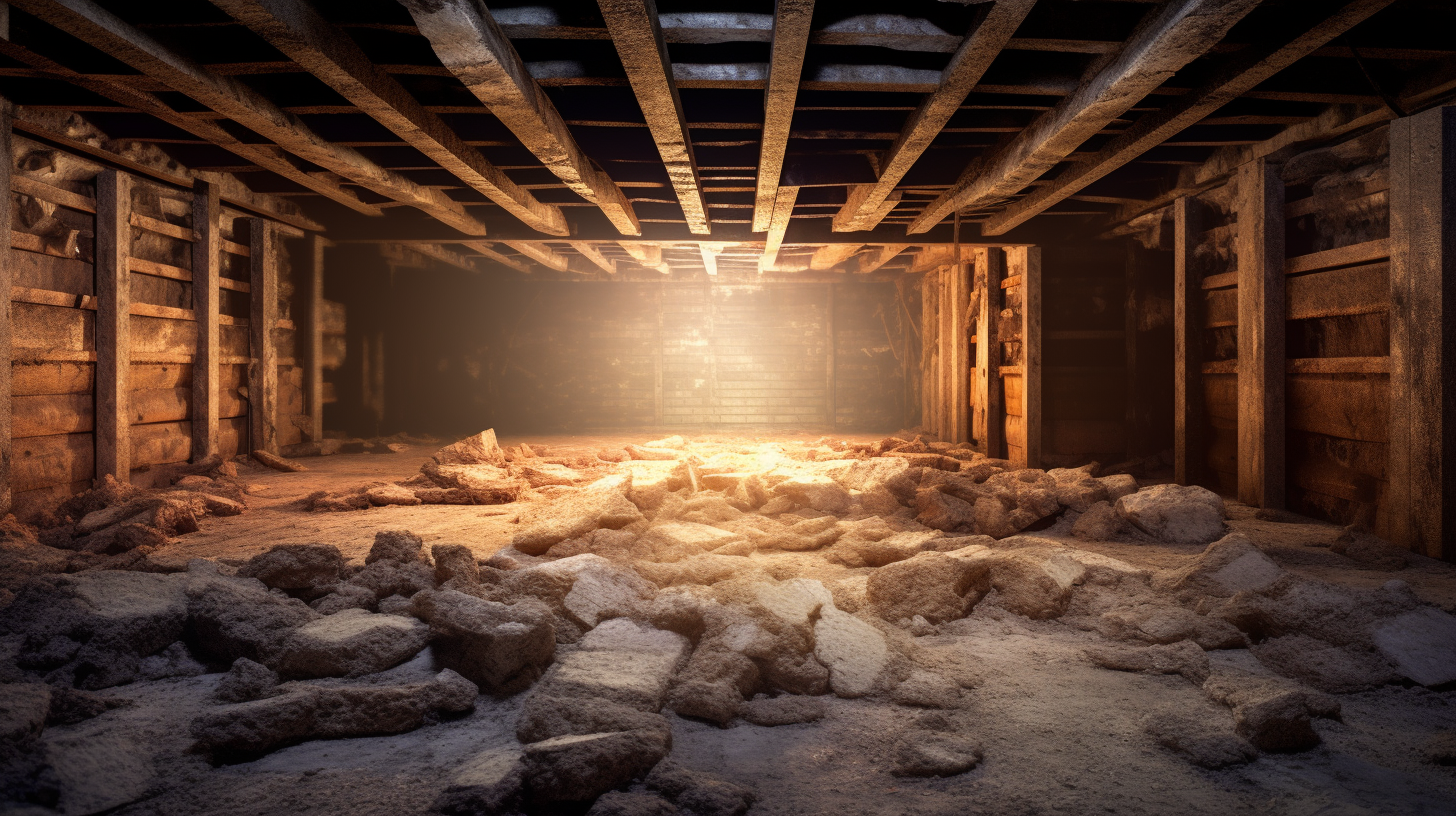
Got a Question? We’re Here to Help.
You can arrange an appointment or make an enquiry by phone or email, orget in touch to us via our contact form.
Looking for a reliable and professional company to take care of your crawl space, basement and gutter needs? Look no further than Trench Guys! We have years of experience in the industry and can provide you with top-quality services at a competitive price. Contact us today to get started!
CONTACT INFORMATION
Phone: 478-236-6403
Email: Wedigmiddlega@gmail.com
Address: Macon, GA
Business Hours:
Mon-Fri: 6:00 AM - 5:00 PM
Sat-Sun: Closed
ADDITIONAL INFORMATION
Us Across The Web
Geo
Neighborhoods
Niche
All Rights Reserved | Trench Guys
Privacy Policy | Terms & Conditions | Sitemap


